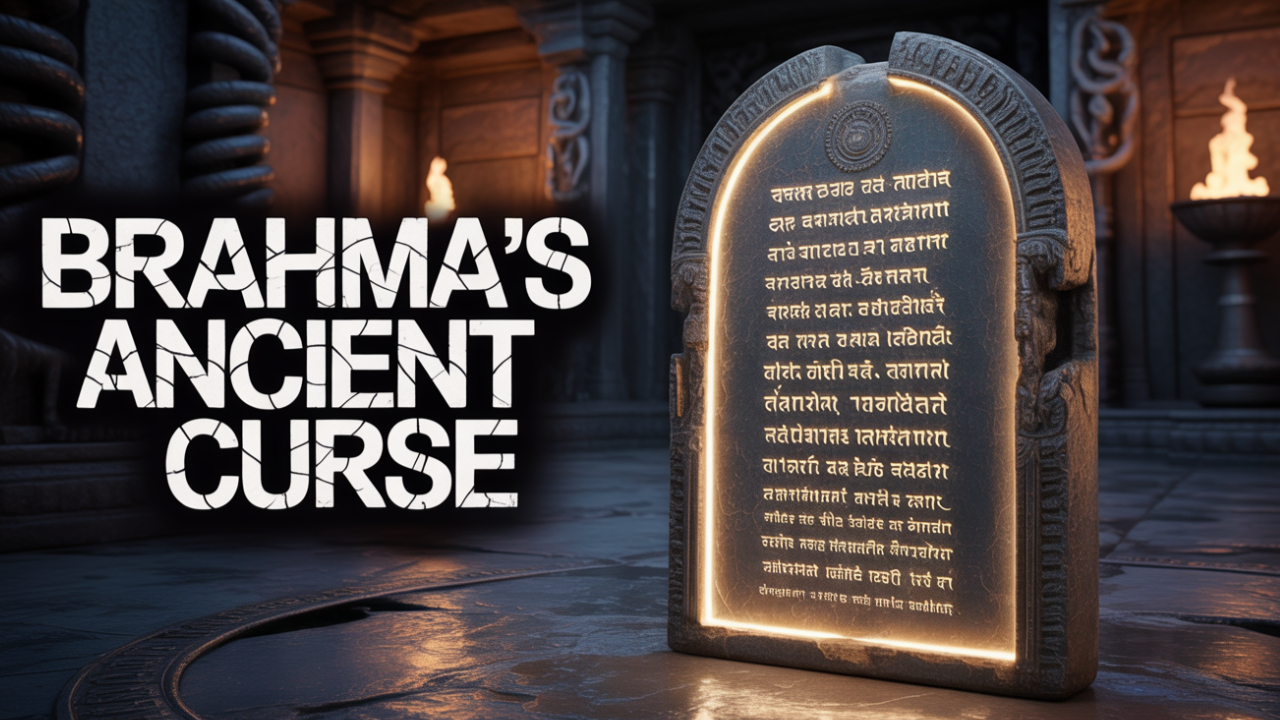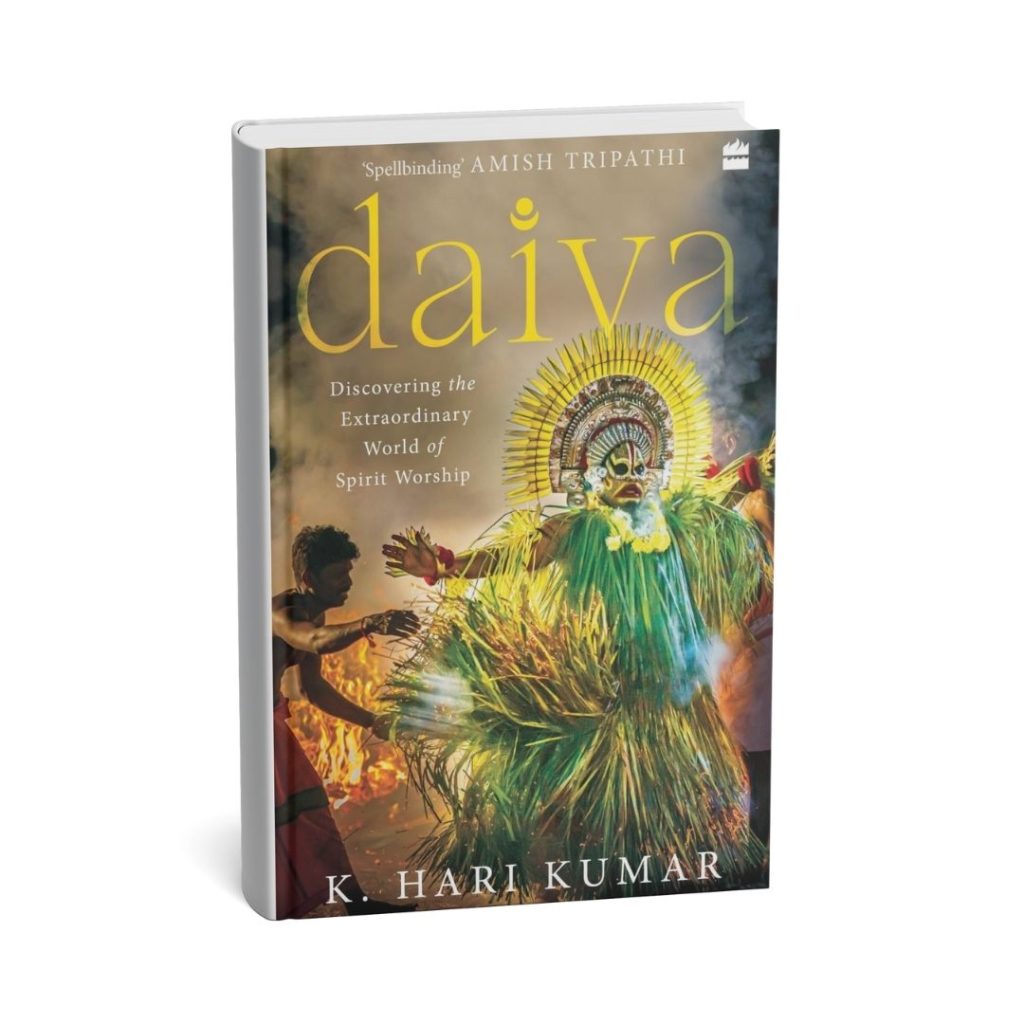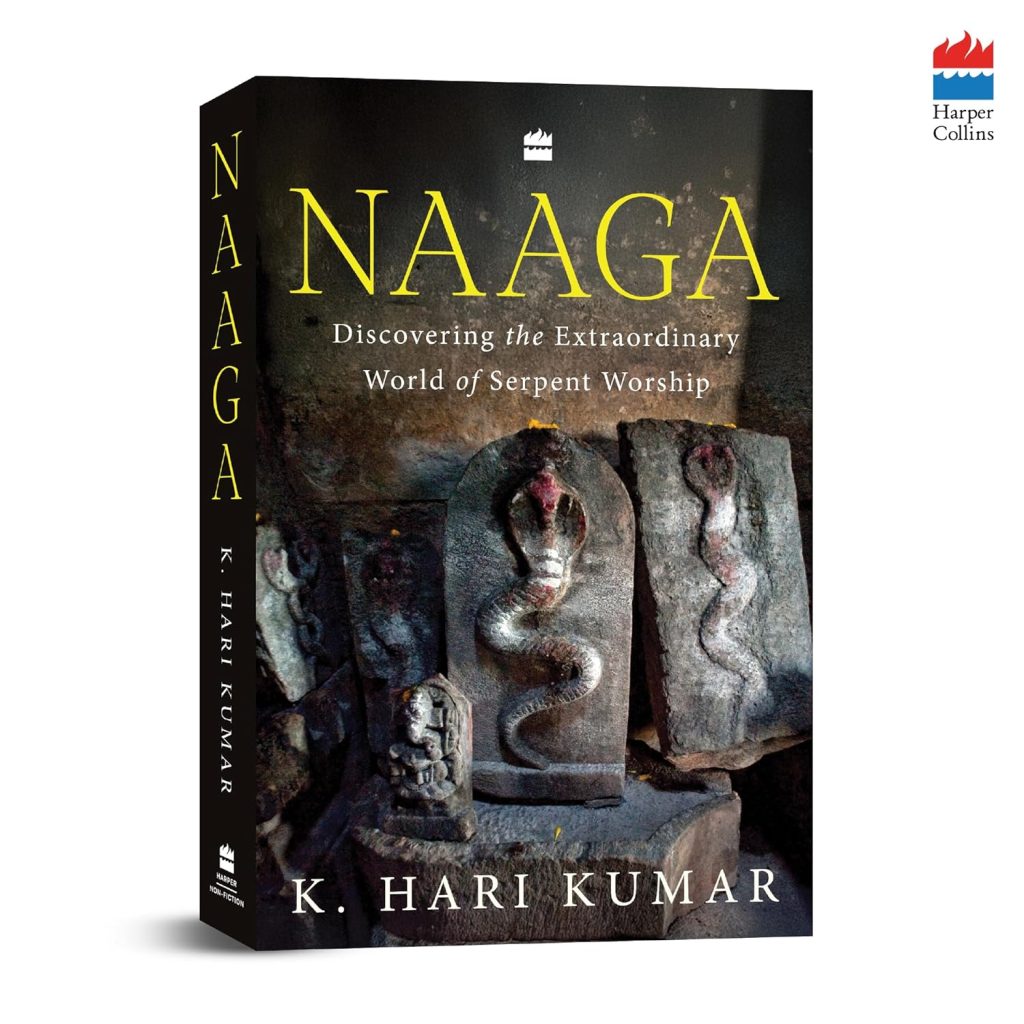Introduction: When Divine Power Meets Cosmic Necessity
What happens when an entire race becomes so dangerous that the creator of the universe must intervene? In Hindu mythology stories, few tales are as gripping as the curse of the Naagas – the powerful serpent beings whose growing malice threatened the very balance of creation itself.
This ancient tale reveals how Lord Brahma, faced with an impossible choice, set in motion a terrible curse that would unfold across ages. But within this doom lay a prophecy of hope – a story of cosmic justice, layered curses, and the quest for redemption that nearly wiped an entire species from existence.
The Golden Age of the Serpent Race
In the rich tapestry of Hindu puranas, the Naagas represent one of the most fascinating races of semi-divine beings. Born to Kadru and the great sage Kashyapa, these serpents possessed incredible powers, able to shift between human and serpent forms at will. Their magnificent kingdom, Nagaloka, was a jewelled underworld filled with splendour and magic.
Not all Naagas were problematic. Some, like Shesha, were so righteous they chose to perform penances, eventually earning the honor of becoming Lord Vishnu’s celestial bed. His brother Vasuki became the rope used to churn the cosmic ocean for the nectar of immortality – events central to many Hindu mythology stories.
However, as their numbers grew, so did their dark tendencies. Many Naagas became cruel and aggressive, using their deadly venom to harm other creatures without cause. This snake mythology took a dark turn as their actions spread fear and chaos, creating a dangerous imbalance that would eventually reach the attention of Brahma himself.
Brahma’s Divine Judgment: The First Curse
Brahma’s decision wasn’t born of simple anger, but of cosmic necessity. To protect his creation and restore balance, he decreed that in a future age (Manvantara), a great fire sacrifice called the Sarpa Satra would be performed by a king of the Kuru dynasty. In that fire, the unrighteous Nagas would meet their end.
This judgment was designed to control their numbers and punish their wickedness, but Brahma’s plan wasn’t total annihilation. The curse was meant only for those Nagas who had abandoned Dharma – the path of righteousness. The virtuous would be spared.
Most importantly, Brahma embedded a prophecy within his decree: when the sacrifice reached its peak, a savior named Astika would appear. Born from the union of a human ascetic and a Naaga princess, this sage would intervene and stop the slaughter.
A Mother’s Fury: The Second Curse
Ages later, a second, more personal curse fell upon the Naagas – this time from their own mother, Kadru. The catalyst was a bet between Kadru and her sister Vinata over the color of the divine horse Uchchaihshravas’s tail. When Kadru’s sons refused to help her cheat by making the white tail appear black, she flew into a rage.
Furious at their integrity, Kadru cursed her own children to burn in King Janamejaya’s fire sacrifice. This maternal curse tragically reinforced Brahma’s ancient plan, creating a double doom for the serpent race that would echo through Indian folklore for generations.
The Vengeful King: Setting the Stage for Destruction
The final act began with King Parikshit, grandson of the Pandava hero Arjuna. Fated to die by snakebite due to a sage’s curse, Parikshit met his end through the powerful Naaga king Takshaka. When Parikshit’s son Janamejaya ascended the throne, he was consumed by hatred for the entire serpent race.
Learning that Takshaka had not only killed his father but also bribed a healer who could have saved the king, Janamejaya’s fury knew no bounds. He vowed to wipe out every last Naaga and called upon the most powerful priests to perform the Sarpa Satra – the great snake sacrifice that would fulfill the ancient curses.
The Fiery Annihilation Begins
The Sarpa Satra was an event of terrifying power. As priests chanted irresistible mantras, serpents from every corner of the world were drawn helplessly toward the flames. From Nagaloka, from forests and mountains, the Nagas flew through the air in terror before falling by thousands into the roaring sacrificial fire.
Janamejaya watched with hardened heart as his priests systematically called out the names of great Naaga clans, damning them to destruction. The fire consumed them – wicked and innocent alike – fulfilling both Brahma’s cosmic judgment and Kadru’s maternal curse.
When Takshaka fled to Indra’s realm for protection, Janamejaya ordered his priests to intensify their chants, creating a spell so powerful it would drag both Takshaka and Indra into the fire. Fearing for his life, Indra abandoned the Naaga king, who began falling from the sky toward certain death.
The Prophesied Savior: Astika’s Intervention
Just as Takshaka plummeted toward the flames, young sage Astika arrived – the living fulfillment of Brahma’s prophecy. Born from both human and Naaga lineage, he approached King Janamejaya with eloquent praise, earning the king’s respect and a promised boon.
Astika’s request was simple yet profound: stop the Sarpa Satra immediately and forever. Trapped by his royal word, Janamejaya reluctantly agreed. The chanting stopped, the great fire died down.
Astika’s intervention had fulfilled the ancient prophecies. He had rescued what remained of the Naaga race from total extinction, breaking the cycle of hatred that began with Parikshit’s death. In their profound gratitude, the surviving Naagas established a new era of peace. A belief arose that those who respectfully recite the story of Astika would be protected from serpents—a tradition that persists to this day, particularly during the revered festival of Nag Panchami. The curses of Brahma and Kadru had run their course, tempered by the wisdom of one who belonged to both worlds.
Listen to the entire podcast episode on Spotify:
Conclusion: A Tale of Destiny and Redemption
The story of the Sarpa Satra is a profound epic exploring cosmic balance, long-term consequences, and the intricate web of destiny that connects every living being. It demonstrates how, even in the face of divine judgment and what appears to be an inescapable fate, there can still be a path toward peace and redemption. It began with the arrogance of a powerful race, was sealed by a mother’s fury, and unleashed by a son’s vengeance. Yet, it did not end in total annihilation, but with the compassionate intervention of a prophesied hero.
It’s a powerful reminder that in the grand cosmic play, destruction often paves the way for renewal. What are your thoughts on this complex tale of curses and justice?




Leave a Reply